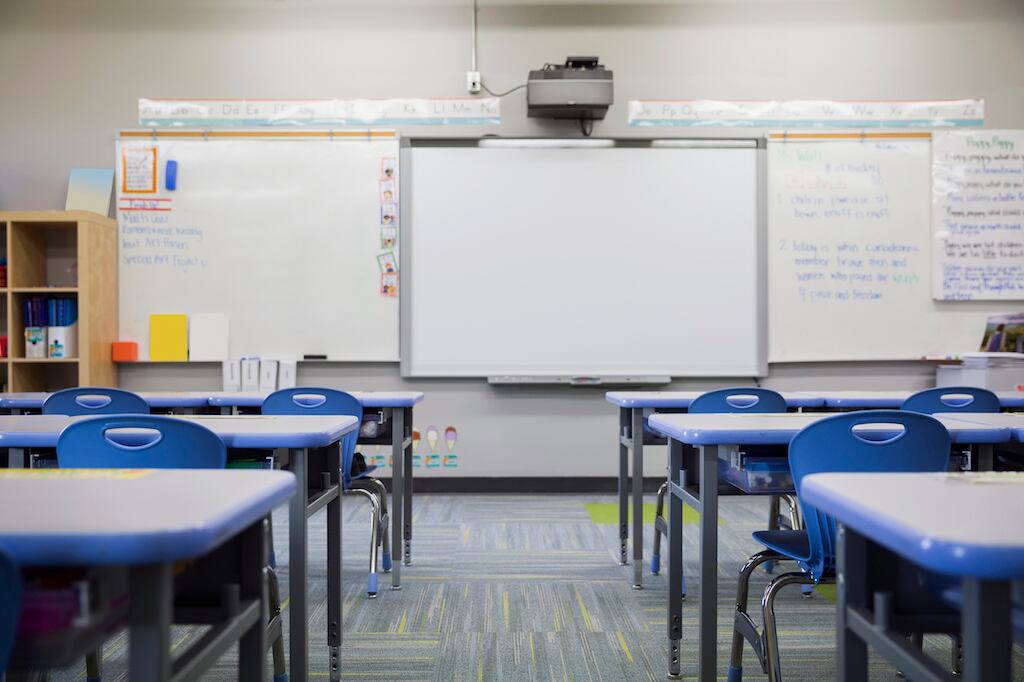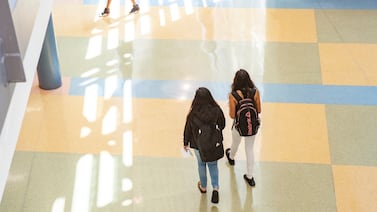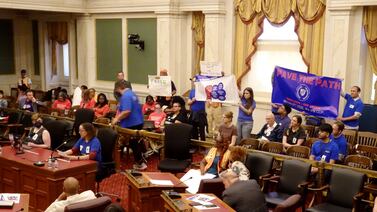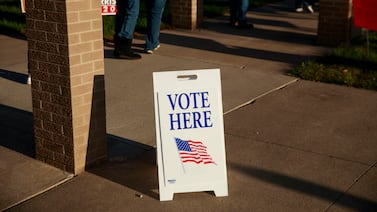A new policy will add extra scrutiny to Indiana high schools’ graduation rates, aiming to stop schools from pushing out struggling students and mislabeling dropouts as home-schoolers.
Nearly 3,700 Indiana students who were expected to graduate in 2019 left high school without diplomas, but it didn’t affect graduation rates because they were labeled as leaving to home-school. A Chalkbeat investigation found that some of those students actually dropped out.
The new policy, which was approved by the Indiana State Board of Education Wednesday, outlines how the board and the Indiana Department of Education will enforce a law passed by the legislature last year that applies to schools with large numbers of students labeled as leaving to home-school. It focuses on whether schools have the appropriate documentation for students who withdraw — and on whether those students were on track to graduate when they left.
“It’s definitely a great move forward,” said Rep. Bob Behning, an Indianapolis Republican who chairs Indiana’s House education committee. “It’s a positive first step. … The light of day always has a way of changing behavior.”
Because of its narrow approach, the law may not get to the root of the problem that high schoolers are leaving school without diplomas and not continuing their education at home. Although it will reduce graduation rates at schools where large numbers of students who are falling behind leave to home-school, it won’t capture problems at schools with small numbers of home-school withdrawals. And it won’t prevent students who are behind in credits from leaving to home-school.
The policy will target high schools with more than 100 students in the graduating class if more than 5% leave to home-school, beginning with the class of 2020. For schools with 100 or fewer students in the graduating class, the threshold is 10%.
If schools meet either threshold, the Department of Education will require them to provide additional documentation to show “good cause” for labeling each student as leaving to home-school. Schools must submit transcripts for students that show how many credits they had earned before withdrawing. If students were not on track to graduate, they will likely be re-categorized as dropping out.
That requirement could result in many students who were behind on credits when they withdrew being added back into graduation calculations as dropouts. In January, a state analysis of the class of 2019 found that more than half of the roughly 3,700 students who left Indiana high schools to home-school may have been behind on credits.
State board member Pete Miller said that by looking at whether students are on track to graduate, the state gets crucial information on schools.
“If most of those kids are on track to graduate, it’s less likely that someone’s trying to game the system,” he said. If many of the students who leave to home-school are behind on credits, however, “that’s a pretty big red flag.”
The regulations also say schools must provide a copy of the home-school withdrawal form parents are supposed to sign when removing their children from high school. If they don’t have that form or it is missing required information, the student could be counted as a dropout. The requirement is similar to the documentation schools must provide if their graduation rate is audited by the state as part of a regular process.
Adam Baker, a spokesman for the Indiana Department of Education, said in an email that the home-school review process is different from regular audits of graduation data because it “is more granular in focusing on the ‘on-track’ versus ‘off-track’ students exited to home-school.”
While the new policy will result in scrutiny of high schools with large numbers of students labeled as leaving to home-school, it won’t identify all the struggling students who receive that label when they withdraw. At schools without many students leaving to home-school, the label could be misused without drawing notice.
Rachel Coleman, executive director of the Coalition for Responsible Home Education, criticized officials for pursuing a change in policy that still allows parents to home-school without oversight. “This change does not put any onus on home-schoolers,” she said.
“Any change to try to fix some of these problems is good,” said Coleman, but she said, “this shows more interest in the bookkeeping of graduation rates than in the education of students.”
Although Behning had supported more aggressive policy approaches — such as designating all high schoolers who leave to home-school as dropouts when calculating graduation rates — he said that preventing students from withdrawing to home-school is out of step with Indiana’s approach to school choice.
“In a state where we’ve embraced choice, it is a little bit difficult to say, ‘well, we believe in choice, but you can’t exercise that choice to go to home-school,’” Behning said. “I think it will work very effectively and should work to mitigate and actually target the audience that we’re most interested in targeting, which is [school officials] turning [students] away because they’re not on track to graduation.”








